
Yes, You Can Create a Super Bloom in Your Own Yard This Year—But Hurry Before It’s Too Late
You don’t need to brave ‘Flowergeddon’ in order to see a carpet of native wildflowers.
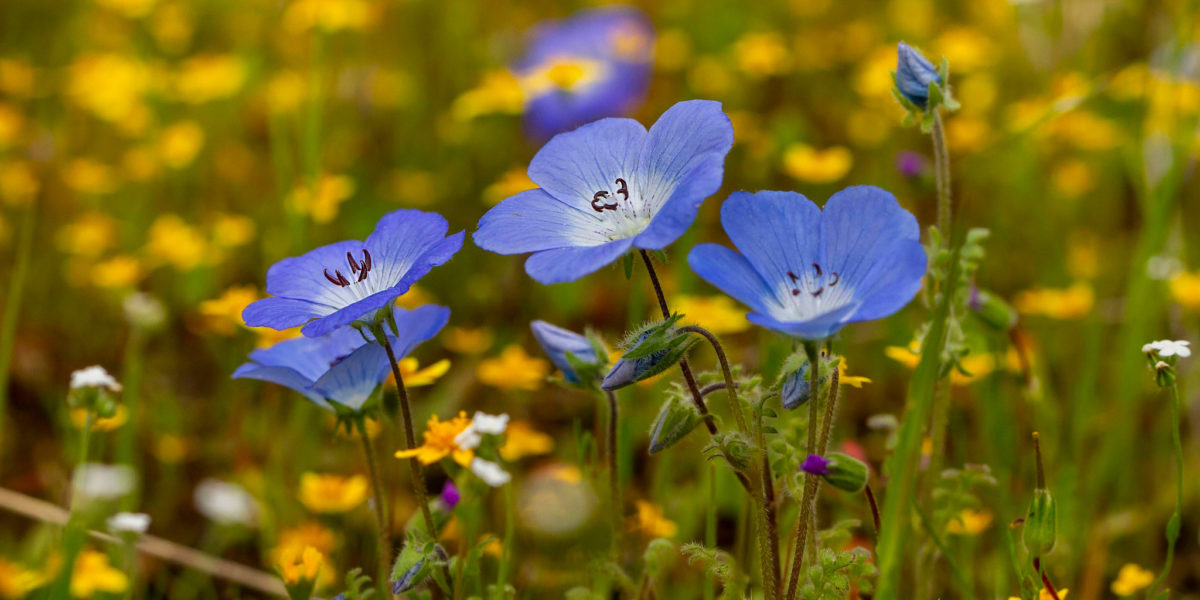
Wondering how to see a super bloom this year like the one in California’s Anza-Borrego? Unfortunately, that could mean waiting in a long line of traffic only to watch Instagram influencers trample flowers in order to get the perfect shot. (No wonder Borrego Springs locals call it “flowergeddon.”) The good news is if you start now, you can skip the crowds and plant a super bloom of your very own. Wildflowers are easy to grow from seed, and you’ll be supporting local pollinators, too.
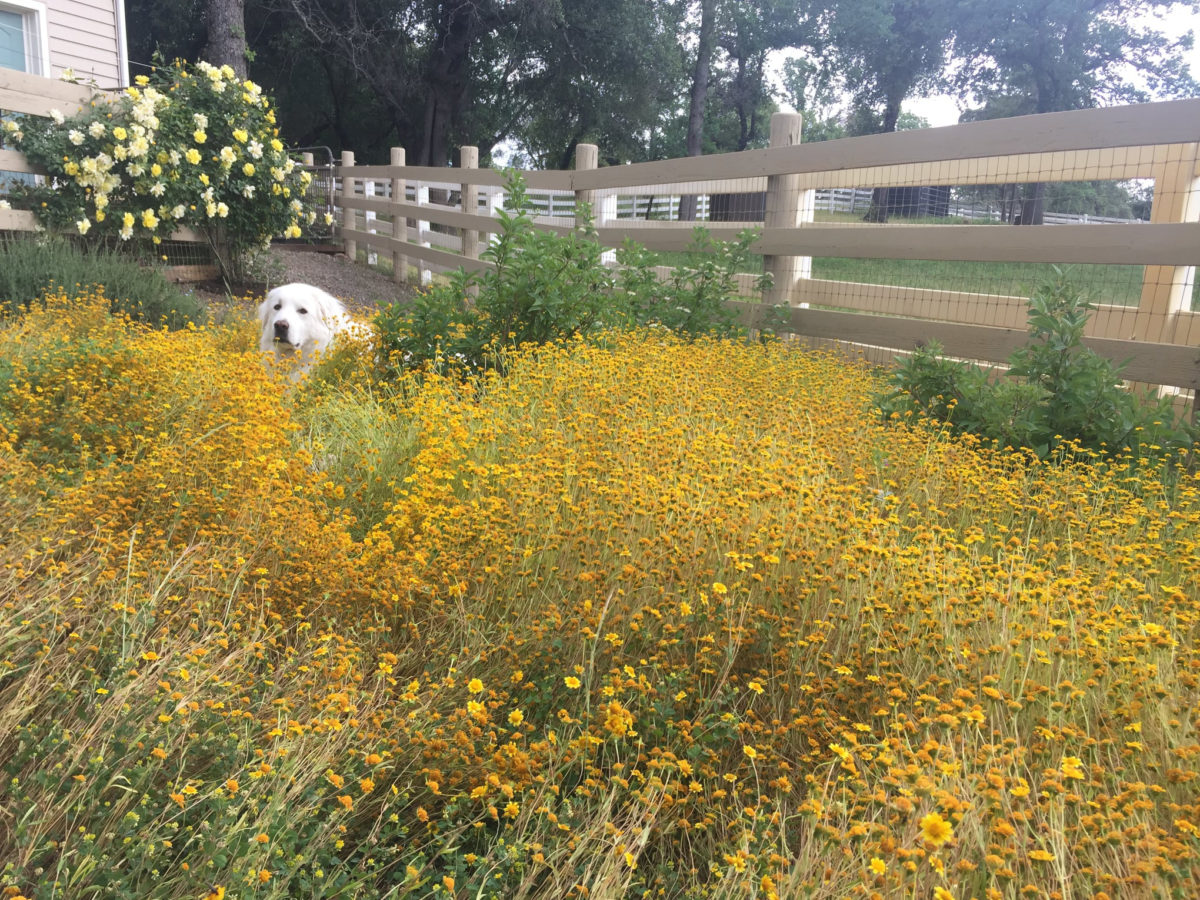
Corinne Sera
Here’s everything you need to know…
Blame It on the Rain
First things first: Why do we call it a super bloom? “Because a bloom that begins in early spring and continues like floral layering throughout the growing season is super in my eyes,” allows Tim McDaniel of Native Seeds of Oregon. In order for a super bloom to happen, the conditions have to be right; wildflowers germinate with heavy rains then bloom in the spring and summer.
This Is Sow Important
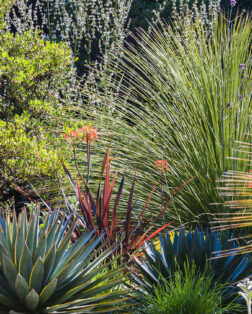
The Low-Water Gardening Guide
If you've been looking for new ways to save water in your garden, or want to redo it entirely, let this be the year you make it happen. Our 8-week newsletter series can show you how. Click the button below to subscribe!
Don’t go online and grab just any wildflower mix, even if it purports to be from your locale because there can be aggressive non-native species in the mix. “It’s important to choose the right seeds for your area,” says Maya Argaman, the senior horticulture coordinator at the California Native Plant Society. She recommends buying seeds from the Theodore Payne Foundation in Southern California, and Larner Seeds in Bolinas, California.
“You want to do your homework,” adds Shari Cappo-Fisher, the owner of Willamette Wildlings, a native plant nursery in Oregon, which harvests its own seeds. “You can find a lot of information online, through local municipalities, local chapters of garden clubs, and native plant organizations.”
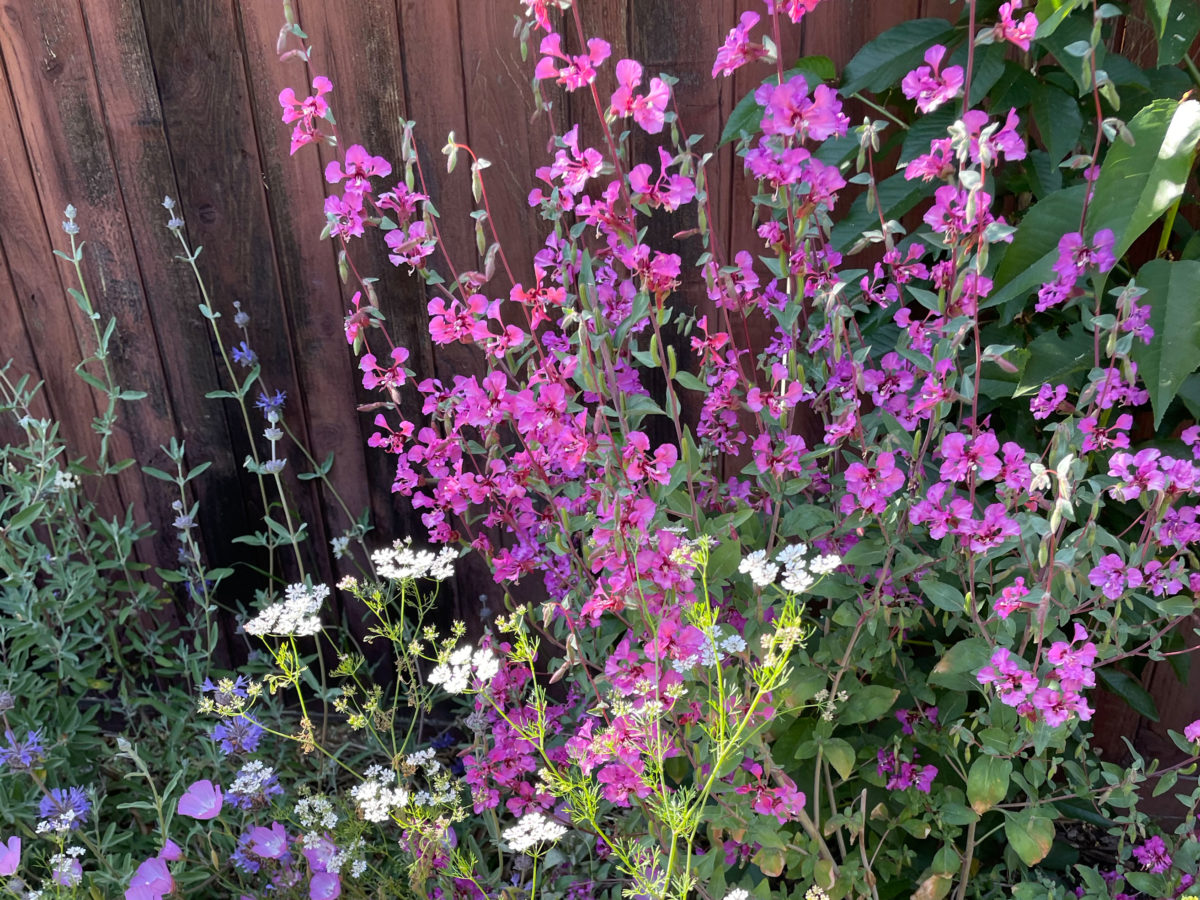
Jessica Woodard
Consider Your Design
When it comes to laying out wildflowers (and natives in general), check out this collection of renderings from California Native Plant Society that show how to plant natives in shade, sunny areas, or as a hedgerow.
Another idea: McDaniel likes to mix annuals with perennials to get an “eye pop” of color. “The high-water mark for combinations would be just the way nature makes them, with color combinations of yellows with purples, blues with oranges, and reds with whites,” he says.
You Need to Weed
Before you plant, fully remove all the weeds in the area. “You don’t want any competition because weeds can outcompete the newly sprouted wildflower seeds,” Argaman says.
Growing Your Own
Next, make sure the soil is wet but not waterlogged, and remember that you need good soil contact for the seeds to germinate. That said, “they only need a small amount of cover,” Argaman says. “Bury them an eighth to a quarter-inch deep and cover them with soil or mulch.”
You may also want to consider covering them with bird netting, she adds, so your precious seeds don’t get devoured. Another tip? Argaman says she over-sows to compensate, then thins out the seedlings later.
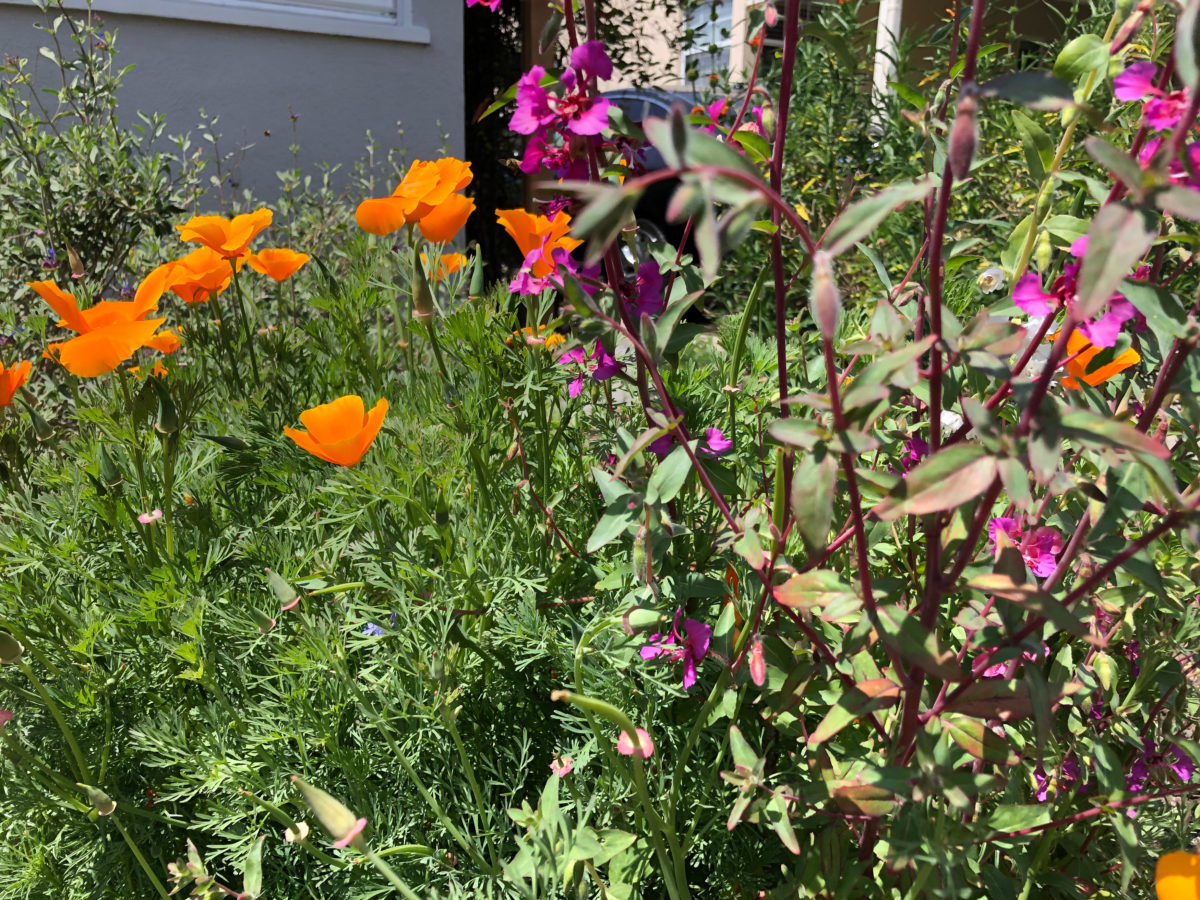
Amina Sharma
Water Away
Wildflowers need consistent moisture to generate, so you want to keep the seeds wet but not waterlogged. The idea is to water gently but thoroughly so you don’t create flooding. After they’re germinated, water your seedlings once a week.
Collect the Spoils
Since wildflowers ripen in the fall, you can let them go to seed and they’ll self-sow, Argaman says. “You can also collect the seeds and give them to friends,” she adds.
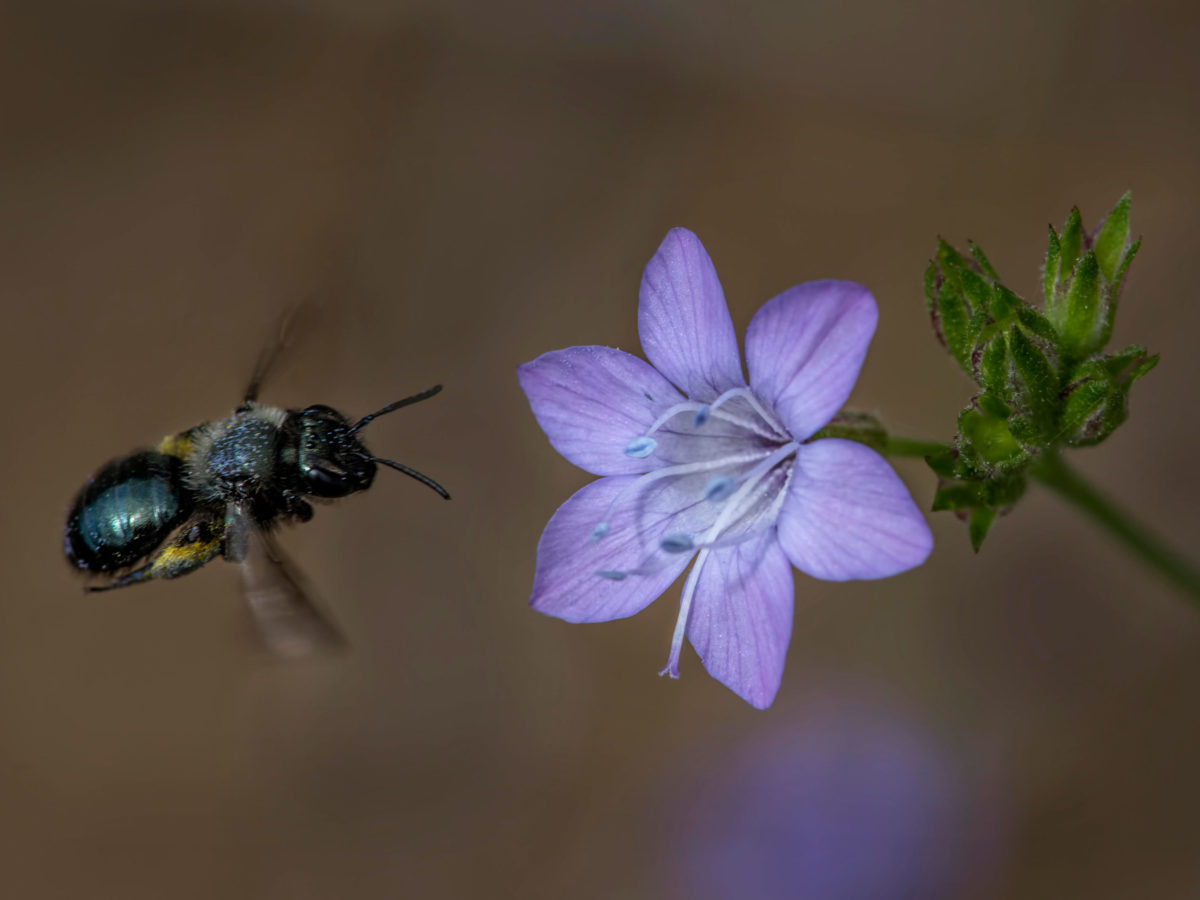
Judy Kramer
And, if you keep some dead flowers in place, the birds and bugs will thank you. “Plant species native to the area offer resources to insect populations, whether it’s an abundance of nectar or host plants they have evolved with,” says Cappo-Fisher. “And insects, in all their diversity, are foundational for a multitude of ecosystems and the ecological matrix we all exist in.”
Read the Current Issue Here!
Get one year of Sunset—and all kinds of bonuses—for just $24.95. Subscribe now!
